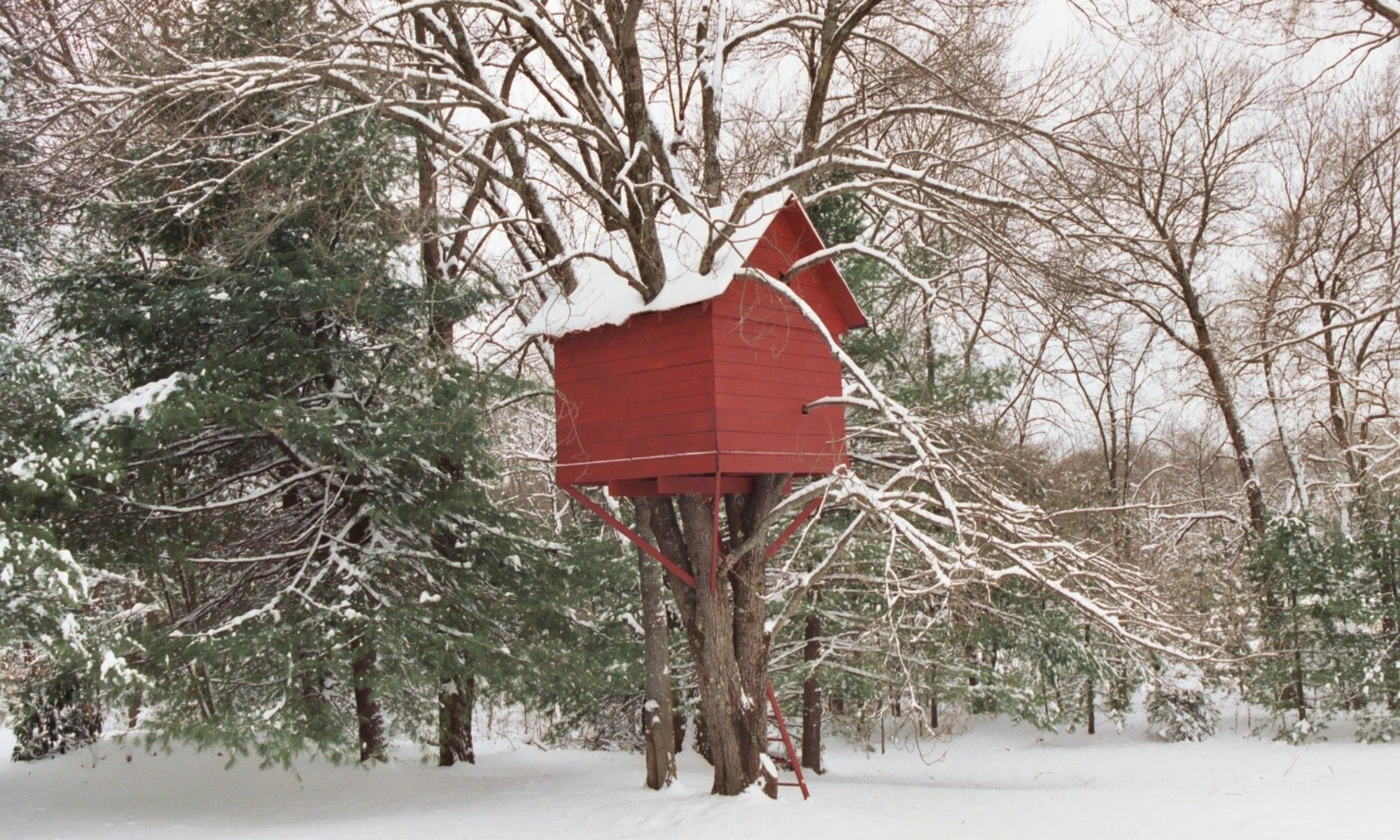It’s a good thing that we have libraries and librarians to help us find stuff on the Web, because the Web is changing the definition of ‘library.’
By Erik J. Heels
First published 10/20/1997; LegalResearcher.com; publisher: New York Law Publishing Company
The early adopters in cyberspace fell into one of two categories: computer nerds who created Web sites because they could, and information nerds who created sites in a valiant effort to tidy up the mess that is the Web. It was only later in the game that artists jumped on the Web bandwagon and gave us sites that were both interesting to look at and to read.
But information professionals – who wrestle with issues such as whether a list should be organized topically, chronologically, or some other way – are essential to cyberspace because, simply put, they get it. They understand the organization of information.
It’s a good thing that we have libraries and librarians to help us find stuff on the Web, because the Web is changing the definition of “library.” Webster’s defines “library” as “a place in which literary and artistic materials, such as books, periodicals, newspapers, pamphlets, and prints, and kept for reference or reading.” Except for the pamphlets and prints part, sounds like the Web to me.
Libraries, by definition, are aggregators of information, not publishers of information, so it should come as little surprise to the Web researcher that the bulk of the content on law library Web sites is pointers to sites with original content. There are exceptions, of course, such as when a law library republishes primary law (say, from a local state or federal court) on its Web server. Another exception is law journals, secondary law sources that the law school associated with the law library publishes. Several good resources exist for searching full-text editions of law journals including the coalition of online E-Journals (http://www.urich.edu/~jolt/e-journals/) and FindLaw’s law journals page (http://www.findlaw.com/lawreviews/).
Oldies but Goodies
Flipping through an old copy of “The Legal List,” I found the following classic law library sites. You’ll see that I have noted how many other sites link to each of these sites, according to the AltaVista search engine. This is a good measure of a site’s popularity.
1. Library of Congress (http://lcweb.loc.gov/) (24,464 links). Access this site for the Library of Congress’s THOMAS service, which includes the full text of bills under consideration in the U.S. House of Representatives and Senate. But there’s lots here for the public and educators, too. The Global Legal Information Network (GLIN) publishes a searchable database of selected laws from around the world. A great starting point for international law research.
2. The Legal Information Institute, Cornell University Law School (http://www.law.cornell.edu/) (17,677 links). Use this site for the laws that don’t change after they’re published – or at least those that don’t change very quickly – such as the Constitution and US Supreme Court opinions. But skip it for the stuff that gets amended all of the time (such as the US Code, which is nearly two years old). Federal Rules of Evidence and Federal Rules of Civil Procedure are also available.
3. Villanova University School of Law (http://www.law.vill.edu/) (8,280 links). One of the better starting points for finding links to federal and state law sources on the Internet. Villanova’s “Locator” series of pages have proven to be very popular. These include The Federal Web Locator, The Federal Court Locator, The State Web Locator, and The State Court Locator. Also, check out this site for novel uses of Web technology in the study and practice of law, such as the Virtual Magistrate, which is an on-line dispute resolution forum. “See you in e-court” may be the catch phrase of the next century. You heard it here first!
5. Indiana University, Bloomington (http://www.law.indiana.edu/) (7,427 links). This site is historically significant, because it is the home of “Law” page of the World Wide Web Virtual Library project. The WWW Virtual Library project was developed by the World Wide Web Consortium (aka W3) and was a pre-Yahoo pre-search-engine attempt at cataloging the Web topically, and then distributing the topical sites to multiple servers worldwide. A cool concept that requires a tremendous amount of coordination and cooperation. But one that has been largely superseded by the likes of Yahoo and AltaVista. The look and feel of the WWW Virtual Library has remained essentially the same for the last three years. This is how all of the Web used to look like in the “early” days.
6. Chicago-Kent College of Law (http://www.kentlaw.edu/) (4,245 links). Historically significant as the home of the Legal Domain Network, which is a searchable archive of law-related discussion groups. The Legal Domain Network never caught on, which is a shame. Perhaps because there was and is significant confusion about the nature and scope of the project. What Chicago-Kent did was to create a new top-level Usenet news group, the law.* hierarchy. Then, it mirrored e-mail-based discussion lists into that hierarchy and added new original groups. The entire LDN was then made Web based, and law-related organizations can subscribe for a feed of the law.* Usenet groups. I remain hopeful that LDN, or something like it, will catch on, because it is the right idea. It’s like PointCast except free and based on standard protocols and with a standard interface.

